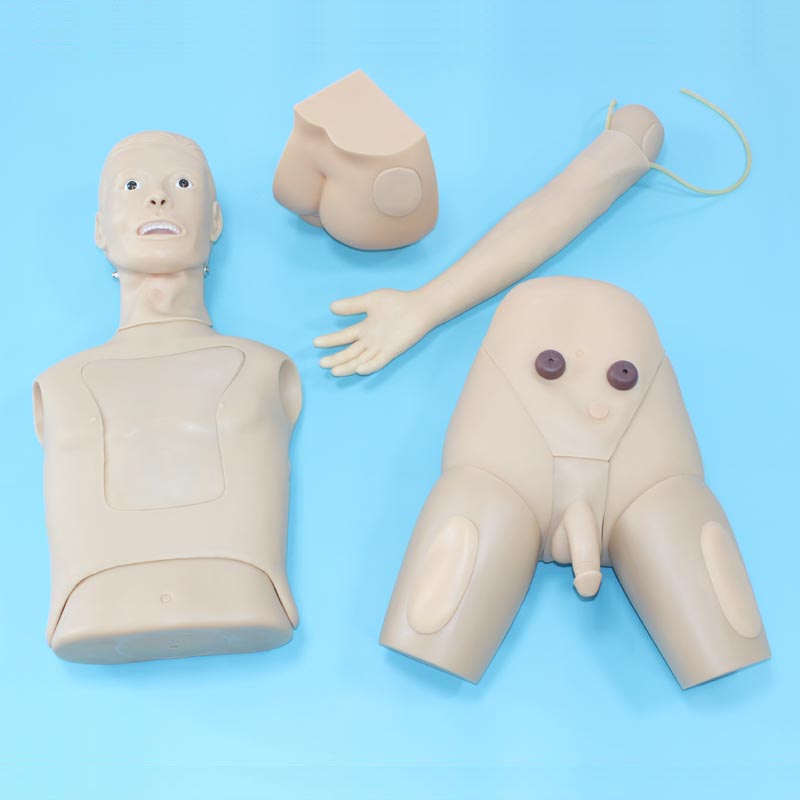27-06-2024
ADA MED SUPPLY LIMITED
The male catheterization model plays a pivotal role in medical education and clinical practice, and its importance cannot be ignored. Here is a detailed explanation of why the male catheterization model is so important:

First, the male catheterization model provides a highly simulated learning platform for healthcare workers. In medical education, theoretical knowledge is as important as practical skills. However, performing catheterization directly on actual patients is clearly impractical and unsafe. The emergence of male catheterization model has solved this problem. It accurately simulates key anatomical structures such as the male urethra and bladder, enabling healthcare professionals to perform catheterization exercises in a safe, risk-free environment. Through repeated practice, medical staff can master urinary catheterization skills and lay a solid foundation for future clinical work.
Secondly, the male catheterization model helps to improve the safety and comfort of the catheterization procedure. Although the operation of catheterization may seem simple, it actually requires a wealth of experience and skills of the medical staff. If the operation is improper, it will not only bring pain and discomfort to the patient, but also may cause a series of complications. Through the practice of male catheterization model, medical staff can be more familiar with the characteristics and anatomical structure of male urethra, and master the correct operation method. In practice, they are able to more accurately determine the location of urethral stenosis and curvature, and select the appropriate catheter model and insertion depth, thus ensuring the safety and comfort of the catheterization operation.
In addition, the male catheterization model also has the characteristics of strong flexibility. It can simulate different clinical scenarios and patient situations, enabling healthcare professionals to deal with a variety of complex situations. For example, in the simulation training, the situation of patients such as urethral stenosis and prostate hyperplasia can be simulated, so that medical staff can understand how to deal with these special situations. At the same time, the male catheterization model can also simulate different positions and angles, so that medical personnel can master the skills and methods of catheterization operations in different situations.
Finally, the use of male catheterization models has also helped to improve patient trust and satisfaction. When patients see the medical staff practicing with such a realistic model, they will have more trust in the professional skills and operational abilities of the medical staff. This sense of trust is of great significance for establishing harmonious doctor-patient relationship and improving patients' satisfaction with treatment.
To sum up, the male catheterization model plays an indispensable role in medical education and clinical practice. It not only provides a highly simulated learning platform for healthcare professionals, but also helps to improve the safety and comfort of catheterization procedures and enhance patient trust and satisfaction. Therefore, we should fully recognize the importance of male catheterization model and make full use of it to improve the professional skills and clinical practice ability of medical staff.